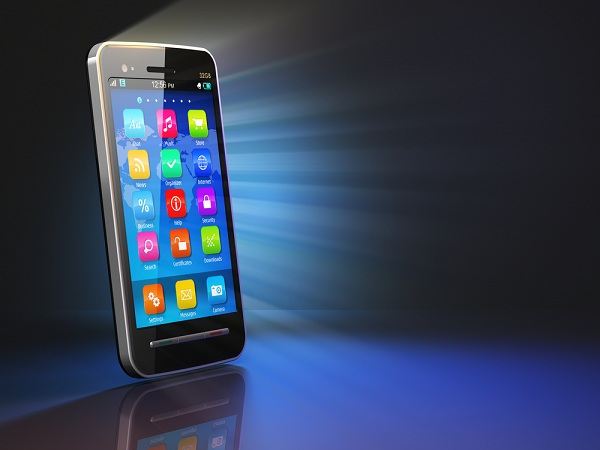
The study, which was carried out by researchers in Switzerland and later turned into a report published by the journal Current Biology, focused on ten days of activity from 26 touch screen users. The researchers also examined people who use older cellphones lacking touch screen technology.
In the end, the Swiss researchers discovered that people who used touch screens increased the touch-oriented cortical activity in their brain. “The closer they were to their peak usage, in time, the more brain activity they had associated with their thumb,” noted Arko Ghosh, the University of Zurich researcher who led the study.
The findings seem pretty obvious, but they are important. Ghosh and like-minded neuroscientists have been studying how our brains change over time and what factors may influence those changes. Although the study didn’t show that using a smartphone will improve brain functionality, it does help us understand how certain actions impact our brain activity.
“People should be comforted by the fact that our daily lives are interesting to neuroscientists,” Ghosh said. “We have always studied pianists or athletes and such, but smartphones are going to allow us to start linking our digital footprints to brain activity.”
Ghosh and his team are particularly interested in what they call ‘plasticity’, or longer-term changes to the brain. In the past they’ve studied how a musician’s brain differs from an athlete’s, but in recent years these neuroscientists are taking a special interest in technology usage.
“We really can now start tackling questions about the implementation of plasticity through our daily life,” Ghosh said. “We can start extracting which factors matter for the brain, which don’t, what are the drivers of plasticity and what are not? To do this, connecting our digital footprints to brain activity is what we need to do.”



